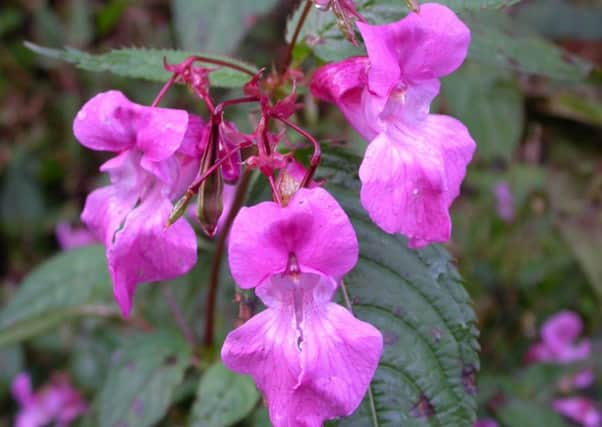The Yorkshire Post says: Unwelcome guests – invisible threat to our woodlands


The invasive plant species known as Himalayan balsam is now said to be more common in some areas than native flowers. And despite the appearance of the quintessential English bluebell, five less welcome plants – nettle, brambles, cleavers, hogweed and cow parsley – now account for nearly half our wildflowers.
All of this points to the invisible yet self-evident problem of nitrogen pollution, which emanates from our urban areas and threatens biodiversity by singling out those species unable to cope with excessive deposits.
Advertisement
Hide AdAdvertisement
Hide AdThat we are able to quantify its effects so well is due in no small measure to the volunteers who will devote their March to the National Plant Monitoring Scheme, the annual audit of our countryside. Their efforts help protect it for the rest of us to enjoy.